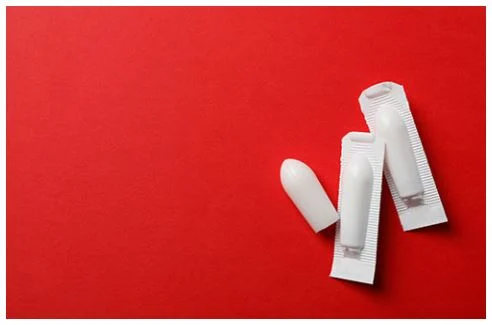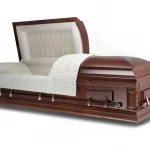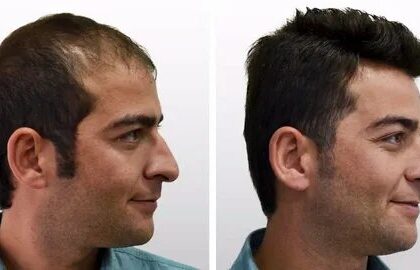What causes Piles?
A study says that 50% of people tend to face this disease at some point in their lives. Patients should get Piles treatment from the hospital in the initial stages to avoid heavy pain.
This condition contains inflamed tissues and veins in the lowest part of the rectum and anus that have blood vessels, support tissue, muscles, and elastic fiber. They vary in size.
Males and females are equally prone to piles. However, since many people find it shy to discuss this medical problem, they delay the treatment. Unfortunately, this delay in seeking treatment can worsen their condition. It is advisable to seek treatment from the Best Piles Hospital in Chandigarh.
In Hemorrhoids, the veins around the anus stretch under pressure and may swell. Hemorrhoids can be stated as below.
- Sitting for long periods on the toilet
- Straining during bowel movements
- Chronic diarrhea or constipation
- Having a low-fiber diet
- Consistent heavy lifting
- Obesity
- Pregnancy
- Anal intercourse
Symptoms of Piles
Many of the cases do not have severe symptoms of piles. They may resolve on their own after a few days.
- A stiff and painful lump may be observed around the anus.
- The lump may have coagulated blood.
- Visible red blood after a bowel movement
- Pain during the passing of a stool
- Itchy, red, and sore anus area.
- After passing a stool, a person with piles may feel that the bowels are still full
If Piles is in severe condition, it can include:
- Excessive anal bleeding
- Fecal incontinence
- Inability to control bowel movements
- It causes complications that may include infection or a blood clot.
General types of Piles/Hemorrhoids
Hemorrhoids can be found inside or outside the rectum.
- External Hemorrhoids: This type includes swollen veins underneath the skin around the anus. External hemorrhoids tend to be itchy and painful. Sometimes, they may bleed. Occasionally they fill with blood that can clot. Though it is not dangerous, it can result in severe pain and swelling.
- Internal Hemorrhoids: This type includes swollen veins inside the rectum. A part of the digestive system, the rectum, connects the large intestine to the anus. Internal hemorrhoids may bleed, but they usually aren’t much painful.
- Prolapsed Hemorrhoids: Both the types-internal and external hemorrhoids can prolapse. They may stretch and bulge outside of the anus. This type of hemorrhoid may bleed or cause pain.
Classification of Piles into four grades
Apart from the types mentioned above, the piles are classified into four grades. These grades define the severity of hemorrhoids.
- GradeI- Minor invisible inflammations, usually inside the anus.
- GradeII: More significant than grade I pile.
- GradeIII: Appear outside the anus. Patients may feel them hanging outside the rectum but are easy to re-insert.
- GradeIV: Large and remain outside of the anus.
Treatments
Home remedies
If the pain is not severe, home treatments can be effective.
- Eating high-fiber foods- Focus on eating more fruits, vegetables, and grains. Having balanced and high-fiber food softens the stool. It will help avoid the straining that can heighten symptoms from existing hemorrhoids.
- Topical treatments- Apply hemorrhoid cream or suppository containing hydrocortisone or numbing agent.
- Soak in a warm bath or sitz bath- Soak your anal area in warm water for several minutes, say 10 to 15 minutes twice or thrice a day.
- Oral pain relievers- You can use medicines like acetaminophen, aspirin, ibuprofen, etc., for temporary pain relief.
Medicinal cure
Rubber band ligation- In rubber band ligation, doctors treat bleeding or prolapsing internal hemorrhoids. A doctor uses a unique rubber band around the base of hemorrhoid. The band cuts off the blood supply. Only doctors from specialized Piles treatment hospitals should perform this procedure.
Sclerotherapy- A doctor injects a solution into the internal hemorrhoid in this treatment. This causes forms scar tissue. Additionally, the scar tissue cuts off the blood supply and shrinks hemorrhoids.
Infrared photocoagulation- A doctor employs a tool that uses infrared light to treat internal hemorrhoids. The heat caused by the infrared rays forms scar tissues. This cuts off the blood supply and lessens hemorrhoids.
Electrocoagulation- in Electrocoagulation, a doctor utilizes a tool that transmits an electric current into an internal hemorrhoid.
Conclusion
Chaudhary hospital, the best Piles hospital in Chandigarh, offers a variety of Best Hemorrhoid treatment in Chandigarh. In addition, Piles specialists in Chandigarh at the Proctology department of Chaudhary Hospital offer thorough screening and diagnosis, giving you comprehensive treatments and therapies.





